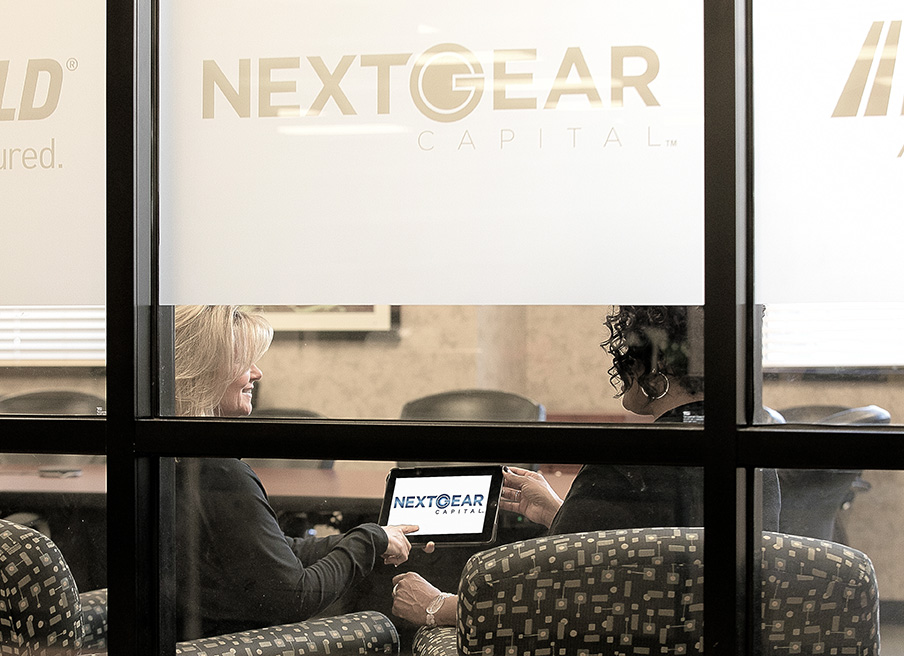How do you rate your cash flow management skills?
The Top 5 Floor Planning Mistakes Dealers Make
Thursday June 8, 2017
Article Highlights
- One of the benefits of floor planning is that it frees up cash for expenses and business investments, but there are a lot of moving parts among the basics that dealers need to be aware of.
- Just because you are approved for a $250,000 line of credit doesn’t mean you have to go out and spend it all at the next auction. Buy in proportion to your sales figures.
- Used inventory should be turned every 45 days, because your ability to make money on aged inventory goes down over time.

Floor planning is a basic process: Open a line of credit, purchase inventory with that credit, sell inventory and pay back the loan. However, intertwined among the basics are a lot of moving parts that can cause complications. While many variables are beyond the dealer’s control, such as the economy or auction prices, it’s important to understand the five most common mistakes that dealers can avoid:
1.Mismanaging Cash Flow
One of the benefits of floor planning is that it frees up cash for expenses and business investments. However, a common mistake is not taking into account that many of these bills mature at the same time. Improper cash management may cause dealers to get into a borrowing cycle that provides little wiggle room and therefore creates a shell game of constantly shifting cash from one debt to another.
2.Over-Extending
Far too often, dealers over-extend themselves when it comes to inventory. When you purchase more inventory than you can sell, you put yourself at risk if you can’t make the payments. Moral of the story: Just because you are approved for a $250,000 line of credit doesn’t mean you have to go out and spend it all at the next auction. Buy in proportion to your sales figures.
3.Communicating Inadequately with your Floor Plan Provider
No business likes surprises, especially finance companies. Keep your floor plan provider abreast of any changes or issues regarding your business. Won’t be able to make a payment on time? Let them know ASAP. By being proactive and honest, you stand a better chance of your floor plan provider working with you to help resolve issues.
4.Raising Red Flags
There are three red flags that your floor plan company is always watching for: NSF’s, Collateral Audits and Turn-times.
NSFs Insufficient funds (or NSFs) are directly correlated to points #1 and #2 above. When you can’t make your payments on time, or your checks/ACH’s bounce, rest assured that your floor plan provider is now watching your account closely. This is one of the biggest indicators that there is an issue with how you’re managing your account and ultimately how the creditor views their chances of being repaid. This puts the floor plan provider at risk because they have advanced funds on a certain piece of collateral.
Collateral Audits Your floor plan company is a collateral-based lender and that collateral is the physical inventory – not the title of the vehicle. It’s important that the collateral can be physically verified based on the agreed terms, usually monthly. When your floor plan provider can’t verify inventory, a red flag is raised. If you need to move inventory to another location for a big tent sale or to an auction, let your floor plan provider know.
Turn Times Used inventory should be turned every 45 days, because your ability to make money on aged inventory goes down over time. While this may not fit every dealer’s business model, your floor plan company is going to get nervous if they see a vehicle on your lot for an extended period. Many times dealers hold inventory “looking for the right buyer” instead of cutting their loss and moving the unit at auction so they can acquire fresh inventory.
5.Improperly Managing the Account
When you open a floor planning account, find out when payments are due and what different resources are available, such as valuation tools or payment schedules, that can make it easier to run your business. Your floor plan representative is also a valuable resource who can provide great insight.
Chris Miller is Director – Strategic Initiatives for NextGear Capital.

